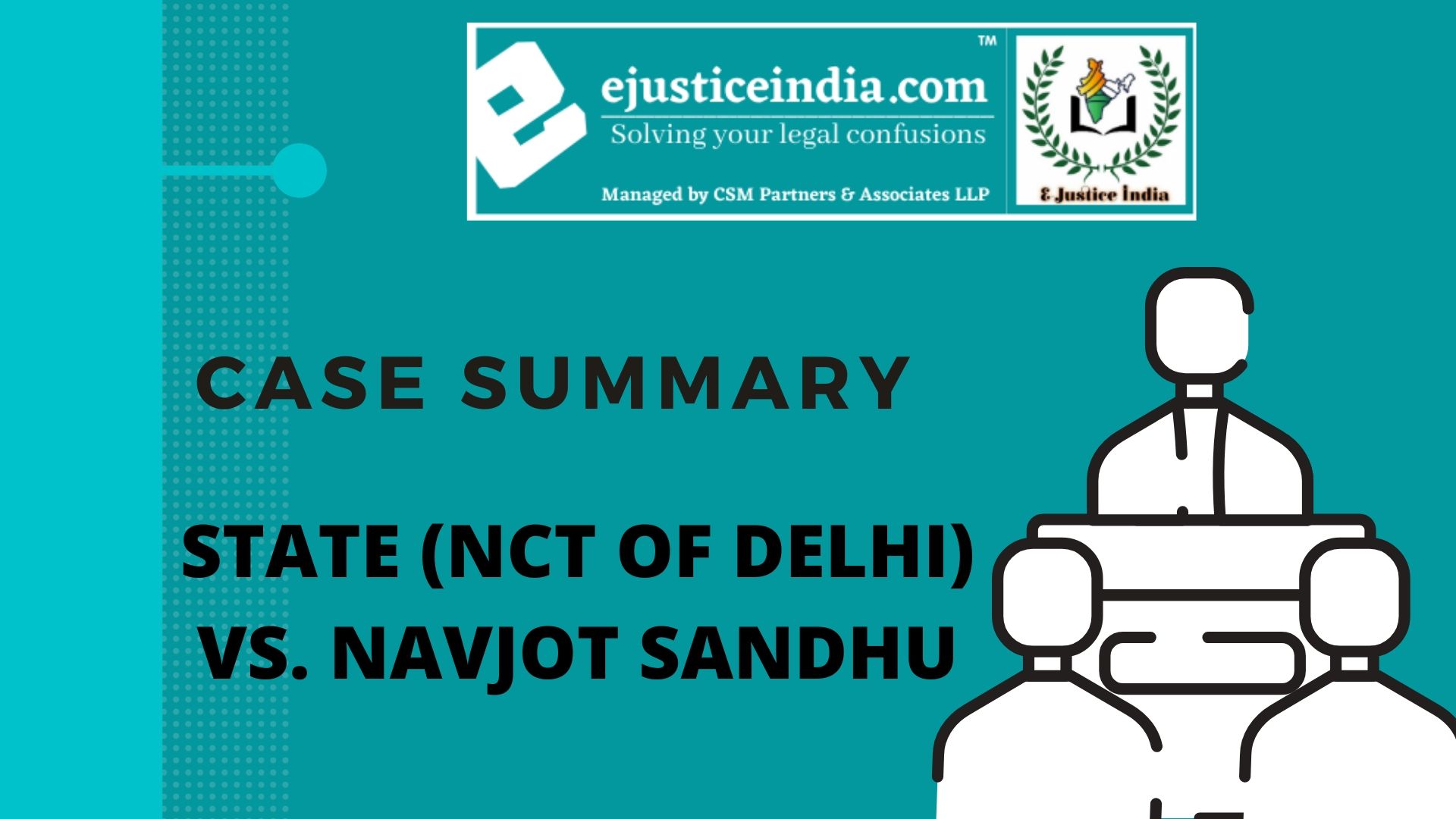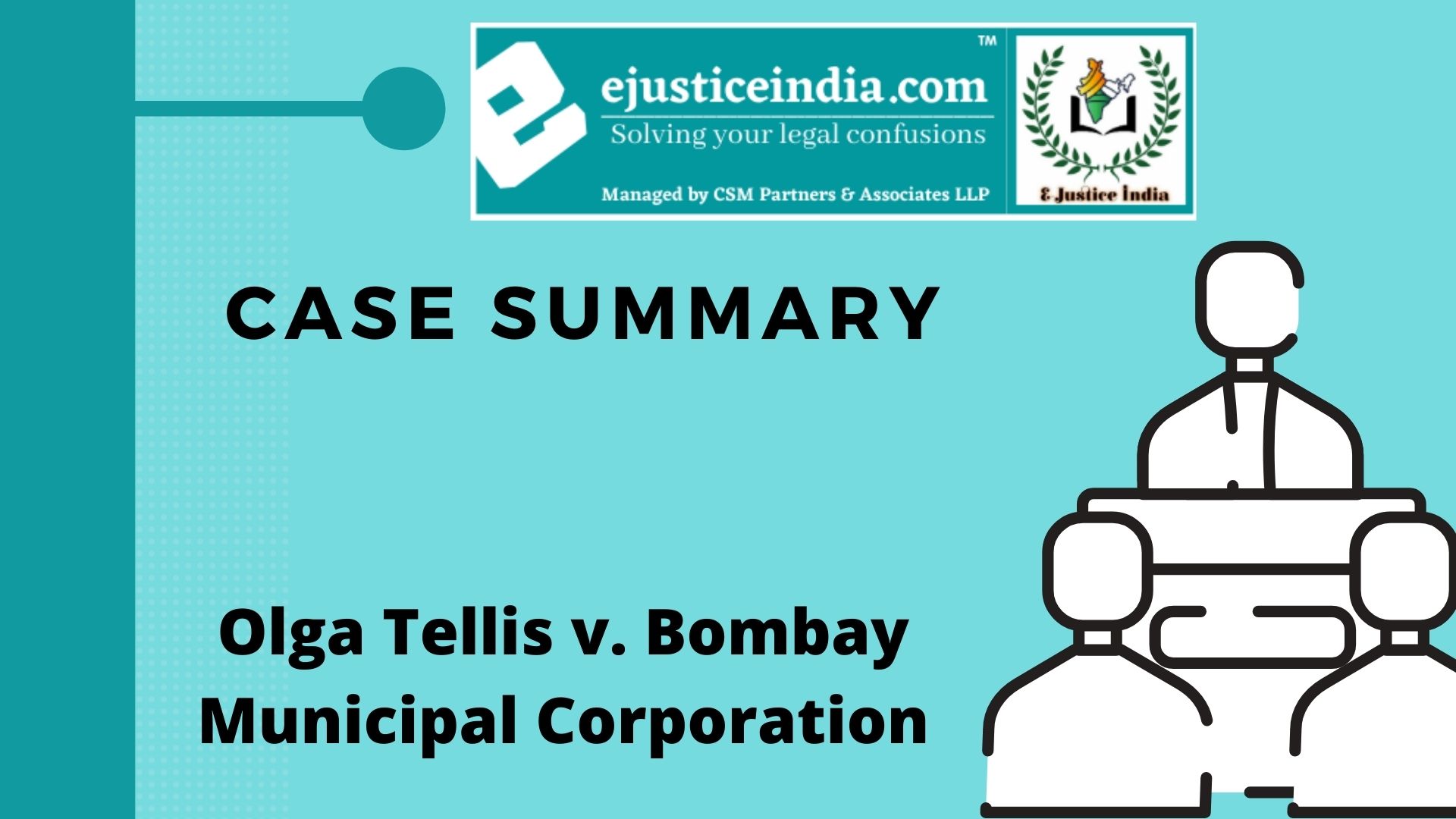Case Summary: State of Andhra Pradesh vs. Rayavarapu Punayya
Case Name: State of Andhra Pradesh vs. Rayavarapu Punayya
A. EQUIVALENT CITATIONS:
1977 AIR 45, 1977 SCR (1) 601, 1976 SCC (4) 382
B. BENCH:
Justice R S Sarkaria, Justice Ranjit Singh, Justice Syed Murtaza Fazalali
C. INTRODUCTION:
The case of State of Andhra Pradesh vs. Rayavarapu Punayya is known for explaining the minute differences between culpable homicide and murder. The distinction between the culpable homicide and murder had left the courts in perplexed situation for over a century. In this case, it was observed that, under the Penal Code, ‘culpable homicide’ can be referred to genus and ‘murder’ to specie. All murders are culpable homicide, but all culpable homicides are not murder. The term ‘homicide’ refers to killing of a human being by another human being.
Murder and culpable homicide are usually categorised on the grounds of degree of intention, knowledge/ recklessness with which the death of a human is committed. Under Indian Penal Code, Section 299 and 300 provides the ingredients and explains the slightest difference between murder and culpable homicide. For the purpose of fixing the punishment, proportionate to the gravity of this generic code, the penal code mainly recognises three degrees of culpable homicide. Culpable homicide of the first degree which is known as murder is given under Sec. 300 and is the gravest form of culpable homicide. Culpable homicide of second degree is given under Sec. 299 IPC and its punishment under Sec. 304. Then there is the culpable homicide of third degree which is the least grave of the three degrees is punishable under Section 304 (2) IPC.
D. FACTS OF THE CASE:
- In this case, the appeal was before the Supreme Court by special leave petition against the Judgement of the High Court of Andhra Pradesh.
- On 23rd July 1968’s morning at around 6:30a.m., PWs 1 and 2 along with the deceased person boarded the bus at A to go to B. Few minutes later, accused 1 to5 also got into the same bus. The accused had got their tickets to go to C.
- The bus stopped at a place called Narasaraopet at around 7:30 a.m., and then the deceased and his companions got down to go to the police station. Along with them the five accused persons also got down the bus.
- The deceased and the PW1 went to the choultry which was on their way. The accused 1 and 2 went to a coffee shop, which was situated near the choultry. There, they picked up heavy sticks and went after the deceased to the choultry.
- When the PW1 saw them, he ran away towards a hut situated nearby. The deceased who was 55 years old stood there and was not allowed running. The deceased begged them for his life, but the accused 1 and 2 indiscriminately pounded the hands and legs of the deceased. One of the passersby, the PW6 asked them as to why they were mercilessly beating the deceased as if he was an animal. But still the angry assailants didn’t care to what he said and continued beating the deceased till he became unconscious.
- Due to those injuries, the deceased died at 4:30 am the next day i.e., on 24th July, 1968, despite the medical care.
- The autopsy reports revealed that there was shock and haemorrhage due to the multiple injuries that caused the death. And the injuries found on the deceased were sufficient to cause death of a person in the ordinary course of nature.
E. ISSUES AND FACTS OF LAW:
- If the injuries found on the deceased person were inflicted intentionally by the accused.
- If so, were the injuries found on the deceased sufficient to cause death?
- Whether the death caused is murder or culpable homicide not amounting to murder.
F. JUDGEMENT:
- The mere fact that the accused hit only the legs and hands, or that there were no multiple injuries inflicted on the deceased that in the ordinary course of nature can cause death, will not lead to the exclusion of application of Section 300.
- In the instant case, the existence of intention to cause the death and the injuries found on the deceased was clearly established by the prosecution. There were conflicts between the accused and deceased, and therefore, the accused had a clear motive to kill the deceased. The said attack was pre meditated. Though, the accused had purchased the tickets to go to B, they got down at Narasaraopet and followed the deceased with heavy sticks which clearly shows the intention behind the homicide of the deceased.
- The beating was administered mercilessly in a brutal manner. They didn’t stop beating even though the passerby asked them as to why they were beating the deceased as if he was an animal. They were determined to murder the deceased and may be they stopped hitting thinking that he’s already dead, when he became unconscious. The expression ‘bodily injury’ in clause (3) of Section 300 covers all the injuries which are cause intentionally by the accused which are cumulatively sufficient to cause the death of the deceased in the ordinary course of nature, even if the injuries caused are not grave. It is sufficient to show that the death caused by the injuries inflicted on a person were intentional, the case would definitely fall under the clause (3) of Section 300 IPC.
- Thus, the presence of the first element of third clause of Sec 300 in the instant case was clearly established. It was therefore concluded that the offence committed was ‘murder’ notwithstanding the fact that the intention of the accused persons to cause the death has not been shown beyond the doubt. By taking into consideration, all the foregoing reasons, the Court opined that the High Court was in error in altering the conviction of the accused from one under Sections 302/, 302/304 to that under Section 304 of IPC.
Hence, in this case it was held that if a person is suffering from enlarged spleen or any other kind of infirmities, the accused will be convicted for murder even if he administers only few blows and kicks. If he is aware of the consequences of his act and the special conditions, Section 300 applies if the injuries accelerate the death.


